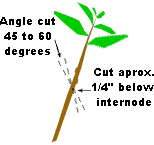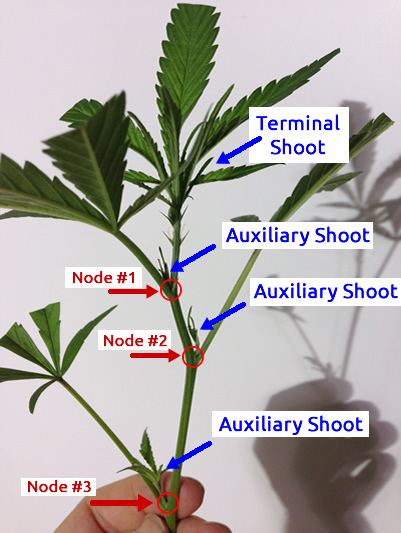Hey lets grow a Catalpa Tree
It has moderate to fast growth, tending to grow rapidly when juvenile, but slowing with maturity. The height at 20 years is about 20 feet.


If you have a favourite shrub, it's easy to make more plants by taking cuttings.
From late June to early August, many plants produce fresh, firm shoots
that can removed from the plant with a pair of secateurs and will
readily root when put into damp compost.


The threshing process used to remove catalpa seeds
from their pods is simple: just spread the pods out in a single layer
on a concrete floor and walk on them until the pods break open. Sweep up
the broken pods and seeds and place them in a bucket.
When to take cuttings?
3-4 weeks
Be sure to add fresh water as needed until the cuttings are fully rooted. Rooting will generally occur in 3-4 weeks but some plants will take longer. When the roots are 1-2 inches long or longer the cutting is ready to be potted up. This plant has heavy rooting and is ready to be moved to a pot with potting soil.
Catalpa worms
Pronounced “catawba,” its common names include “cigar tree,” because of its long seed pods, and “fish-bait tree,” because the caterpillars that feed on its large leaves are collected by fishing enthusiasts. Catalpa trees are the sole plant hosts for catalpa caterpillars, commonly called catalpa worms.
Life Cycle and Emergence
They remain in the soil all winter long and emerge as adults in the
spring, around May. When new caterpillars appear depends on when females
lay their eggs. Usually it is as soon as they emerge. They can lay up
to 1,000 eggs and the eggs hatch in 10 to 14 days.
.
The broad leaved catalpa, or cigar tree, is a caterpillar's playground. Its large, dinner-plate size leaves provide food for the catalpa sphinx moth caterpillar, sometimes called the catalpa worm.
Grow and harvest catalpa worms and have a bountiful supply of fishing bait.
- Plant catalpa seeds in a garden area. ...
- Transplant catalpa seedlings in the winter. ...
- Fertilize the seedlings and water them frequently. ...
- Allow catalpa worms to nest in the trees. ...
- Harvest catalpa worms from April to November


Comments
Post a Comment